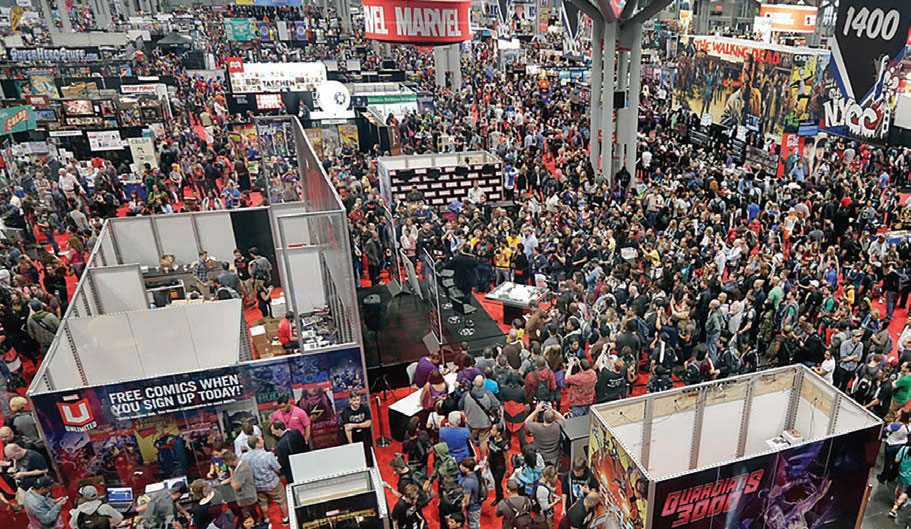It’s Southern Utah’s canyons, red rocks and arches that seem to have the tourism news value, but it’s Salt Lake County the brings in the dough. That’s the conclusion of a new report from the Kem C. Gardner Policy Institute at the University of Utah. The numbers illustrate just how significant Salt Lake County’s role is in terms of the state’s tourism industry.
{mprestriction ids="1,3"}According to the study, “Economic Impacts of Travel and Tourism in Salt Lake County,” 44 percent of the $8.4 billion spent by visitors in Utah in 2016 was directed toward goods and services in Salt Lake County. That amount — approximately $3.7 billion of visitor spending — confirms Salt Lake County’s status as a primary economic driver of Utah’s robust visitor economy.
While the greater Salt Lake City area population is just over one-third of Utah’s population (1.1 million), its visitor economy is responsible for more than 40 percent of the state’s total visitor-generated tax revenue, bringing in almost $500 million in state and local option taxes. According to the institute report, that means the visitor economy in Salt Lake County saved each local household an estimated $1,285 in taxes in 2016.
“To say that we are excited about the information in this report is an understatement,” said Scott Beck, president and CEO of Visit Salt Lake. “This report clearly shows the foundational role of the Wasatch Front in our state’s visitor economy. Considering that the Wasatch Front and Wasatch Back counties of Salt Lake, Davis, Weber, Utah and Summit collectively contributed nearly 60 percent of all counties’ transient room tax revenue collected in 2016, the new economic calculations likewise indicate their value in Utah’s statewide visitor economy.”
The release of the study comes on the heels of Visit Salt Lake’s annual meeting, where members and key stakeholders celebrated a record year in 2017. The Visit Salt Lake sales team hit a new benchmark with 736,203 hotel room nights booked in 2017, a 7.5 percent increase over the previous record. That figure is made even more significant as this is the first year in 22 years without room nights booked for the two Outdoor Retailer shows. Outdoor Retailer moved its annual markets to Denver last year.
In addition, 2017 saw the Ski City Super Pass reach record skier days sold with more than 49,000 purchased, a 43 percent increase in skier days resulting in record revenue of $3.6 million, representing a 52 percent increase in revenue over the prior year. Hotel revenues in Salt Lake County topped $500 million — a new record — and rental car and restaurant revenues were also at an all-time high. Visitor spending resulted in more than $496 million in local and state taxes.
“Salt Lake County’s success in attracting tourists, convention-goers and skiers has helped boost employment across the board — from retail stores and restaurants to transportation and performing arts facilities. That adds up to a stronger and more diverse local economy and a revenue stream that we can reinvest in our community,” said Salt Lake County Mayor Ben McAdams.
Along with Visit Salt Lake’s record bookings, the Kem C. Gardner report further illustrates the economic impact of travel and tourism in Salt Lake County overall, revealing that Salt Lake County visitor spending supported more than 54,000 total travel and tourism jobs, an 8 percent share of all Salt Lake County jobs and a 37 percent share of total travel and tourism jobs in Utah. Salt Lake County captures a large percentage of Utah visitor airline and car rental spending along with related tax revenues thanks to the Salt Lake City International Airport. As home to the largest convention, meeting and trade show facilities in the state, Salt Lake County attracts a healthy share of the state’s meeting and convention visitor spending as well.
Visit Salt Lake is a private, nonprofit corporation responsible for the promotion of the Salt Lake City area. In partnership with Salt Lake County, Visit Salt Lake’s mission is to improve the area economy by attracting and providing support to conventions and leisure visitors.{/mprestriction}








